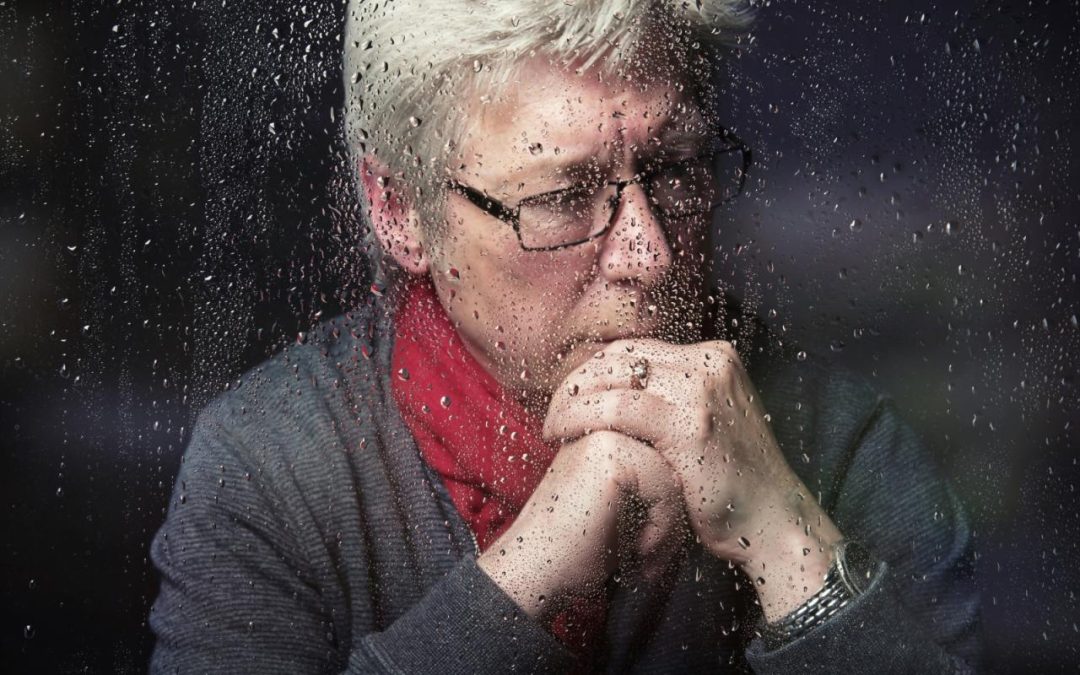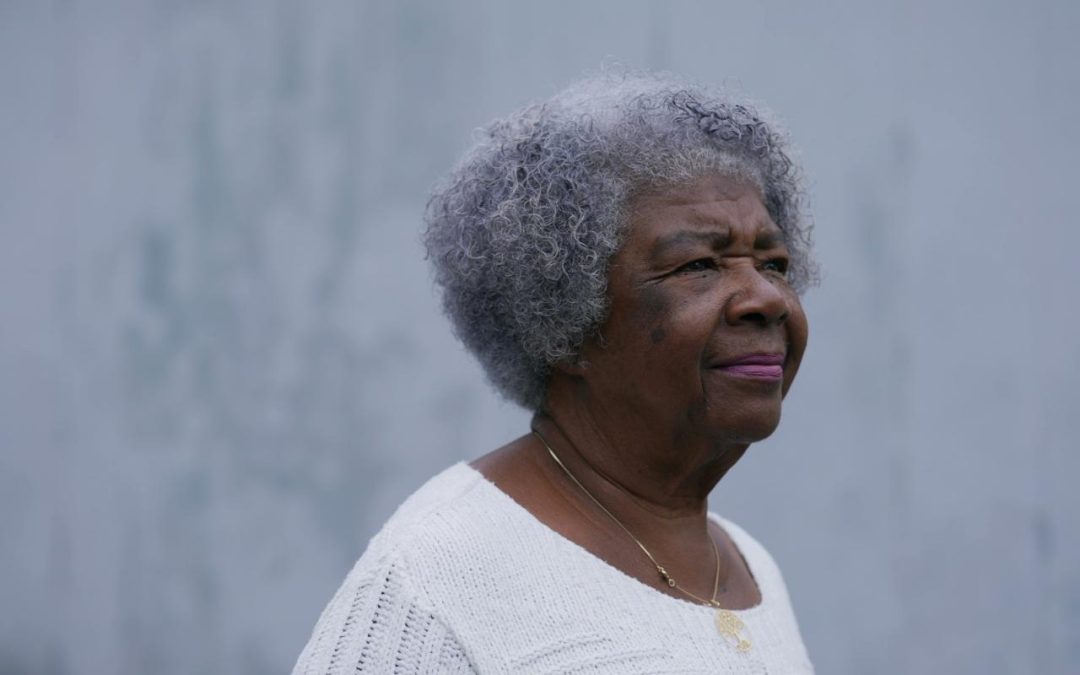My passion is identifying and evaluating social, behavioral, environmental, and/or tech solutions that can make healthy aging a reality for more older adults.


My passion is identifying and evaluating social, behavioral, environmental, and/or tech solutions that can make healthy aging a reality for more older adults.

Engaging in life is key for aging well, but views differ on what that means.

A longtime gerontologist and writer on his philosophical and spiritual search for meaning in life and death.

Social epidemiology provides language to conceptualize and investigate global universalities and local diversities in health and aging.

Following one gerontologist’s decades-long thought evolution regarding how best to engage older adults.

As more elders misuse drugs and alcohol, the website provides an anonymous way to find help.

Health equity and population health practices work where evidence-based practices don’t always succeed.

Vision rehabilitation focuses on the individual’s goals and functional abilities.

Stories from three people who have dementia bring home the disease’s personal impact.

A gerontology doctoral candidate’s take on how we can achieve a less ageist and sexist media.

Recent college grad weighs in on what grates in ads and how to make it better.

How does age affect your senses, especially the sense of smell and what can be done about it?

Older adults are a hit on TikTok and social media sites—how might their popularity aid the fight against ageism?

When marketers and advertisers ignore or target consumers in ageist ways, their bottom line isn’t the only thing that suffers.

During Malnutrition Week, let’s highlight the importance of nutrition quality, not just quantity.

There are many ways to make services accessible and inclusive, which proves welcoming and empowering for clients.

A care expert asks and answers the tough questions about caregiving in a new podcast.

The Legacy Project links elders with students who write their life stories.

Excluding older workers from the workforce means losing the knowledge, skills, experience, unique perspectives, problem-solving abilities, and institutional memory they possess.

‘State hospital regulations offer an untapped avenue for improving malnutrition care.’